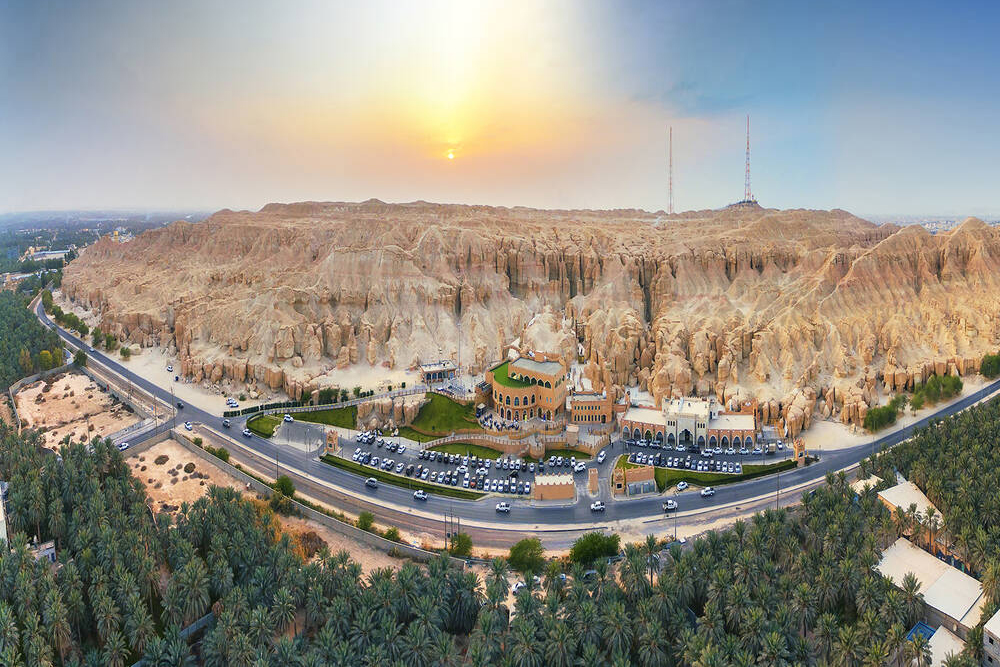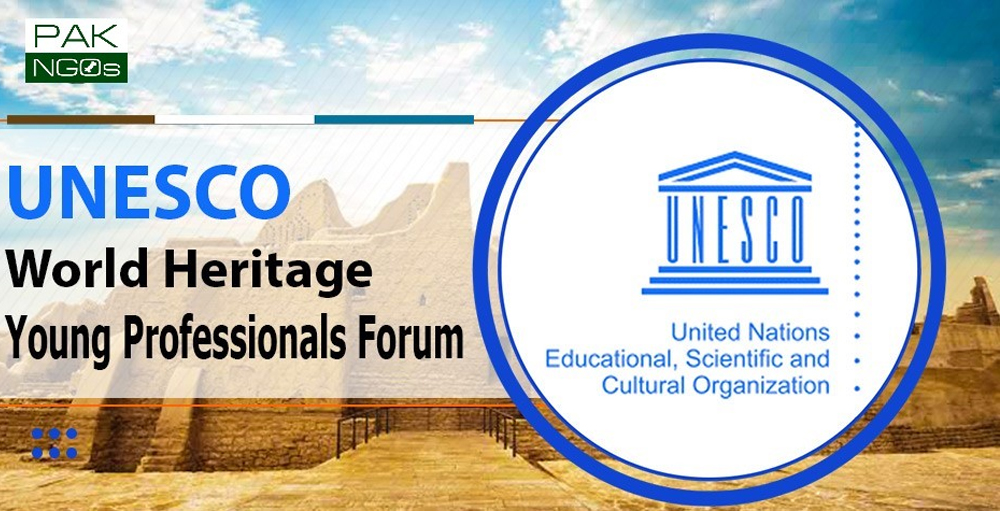
The UNESCO World Heritage Committee's Extended 45th session began in Saudi Arabia, featuring events and forums, including the launch of the World Heritage Young Professionals Forum. Saudi Arabia's chairmanship underscores its strong dedication to world heritage, backed by King Salman, Crown Prince Mohammed bin Salman, and Prince Badr bin Abdullah bin Farhan, Minister of Culture and Chairman of the Saudi National Committee for Education, Culture, and Science.

On Sunday, the World Heritage Young Professionals Forum had its inaugural meeting. By developing their talents and skills, it seeks to empower young people in the preservation of global heritage.
The forthcoming World Heritage Managers' Forum, starting next Sunday, is a vital platform for heritage managers to discuss preservation proposals and challenges faced by heritage sites. These discussions will continue until September 25th.
UNESCO's World Heritage Committee plays a pivotal role in deciding which sites make it onto the World Heritage List. It assesses site conditions and actively seeks input from global heritage site custodians and managers.

The Extended 45th session of the World Heritage Committee, scheduled from September 10th to 25th in Riyadh, will be overseen by Princess Haifa Al-Mogrin, Saudi Arabia's permanent representative to UNESCO, who will assume the role of committee chair.
This session involves reviewing 50 new site proposals for the World Heritage List, spanning 37 cultural sites, 12 natural sites, and two with unique importance. The committee will also discuss potential boundary changes for five existing heritage sites.
The current World Heritage List includes 1,157 sites in 167 countries, showcasing a wide range of treasures, from breathtaking natural wonders like forests and oases to culturally rich villages and lavish palaces.

Saudi Arabia stands as the custodian of six registered World Heritage Sites, affording participants in this session the opportunity to visit three of them: the At-Turaif District in Diriyah, the Al-Ahsa Oasis situated in the eastern reaches of Saudi Arabia, and the Al- Hijr site in AlUla.
The World Heritage Committee was formed after UNESCO's member states unanimously signed the World Heritage Convention. This vital agreement laid the foundation for international cooperation in safeguarding our world's priceless heritage. Consisting of representatives from 21 of the 194 countries that ratified the Convention, the committee plays a crucial role in preserving our collective human legacy.

















